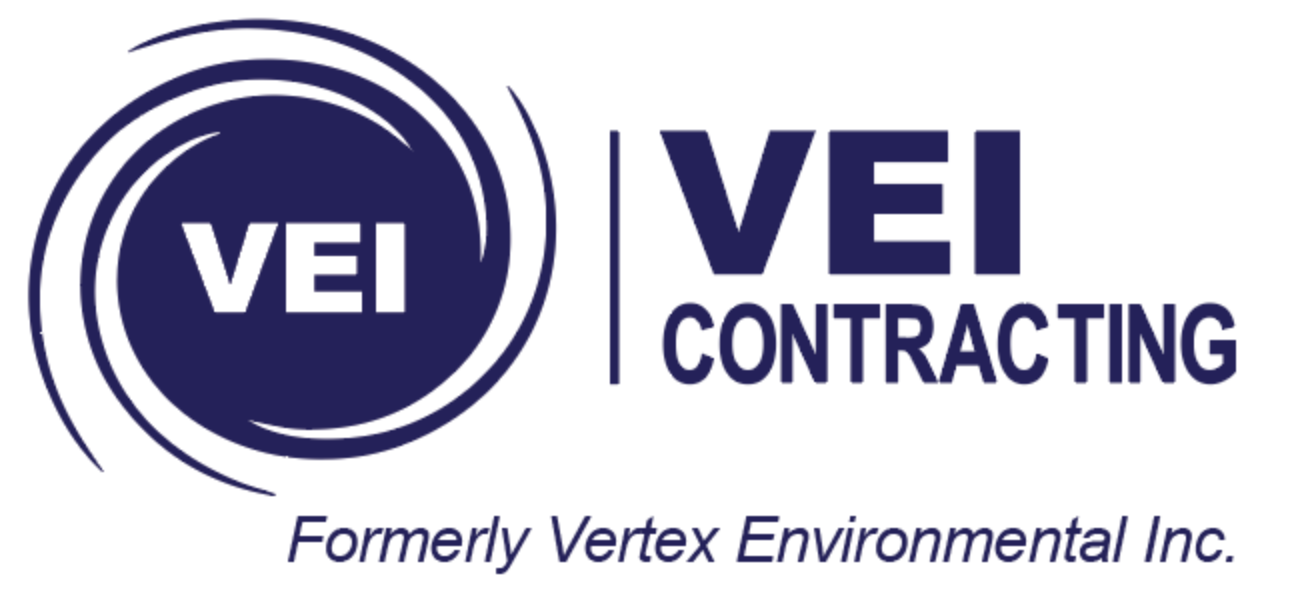Brute Force: Soil Mixing to Maximize Reagent Loading and Distribution
Finesse has its place but sometimes there is no alternative to brute force! In-situ remediation can occasionally have limitations relating to mass loading and subsurface heterogeneities. These can usually be overcome with creative remedial designs that combine phasing and discrete injection intervals. However, every once in a while, along comes a site where factors line up perfectly to take advantage of a direct soil mixing approach. Vertex recently came across such a site. A former industrial property was being redeveloped for residential purposes. The entire site had been cleared of buildings and other obstructions. All that remained were relatively shallow (typically less than 6 m deep) plumes of petroleum hydrocarbons (PHCs) and chlorinated solvents (CVOCs) in the soil and groundwater. Redevelopment timelines were short, contaminant concentrations were high, and the impacts were shallow and contained within non-cohesive soils. A perfect scenario for direct placement and soil mixing!
Chemical oxidation (persulphate) was used to tackle the PHCs and chemical reduction (ZVI) was used to tackle the CVOCs. The on-site excavation equipment to strip off uncontaminated, surficial soils down to the water table, directly emplace super sacks of oxidant or ZVI into the excavation cells and thoroughly mix in the remedial amendments throughout the impacted vertical intervals below the water table. Watch our drone footage of this approach below. This aerial perspective makes for interesting viewing!

